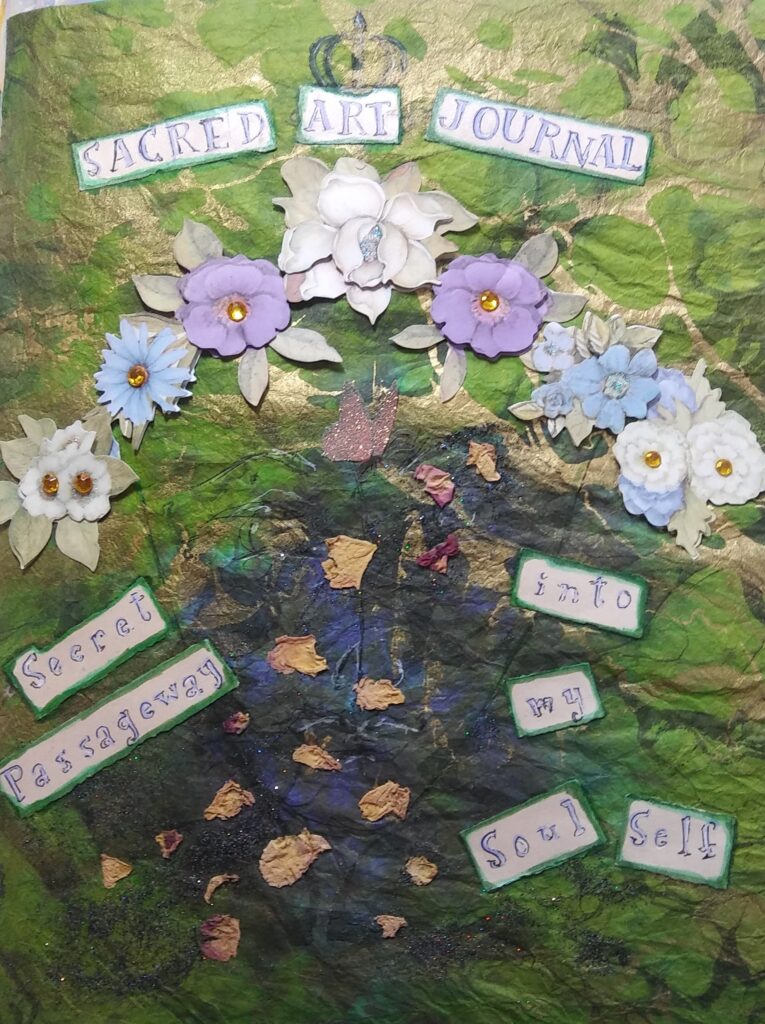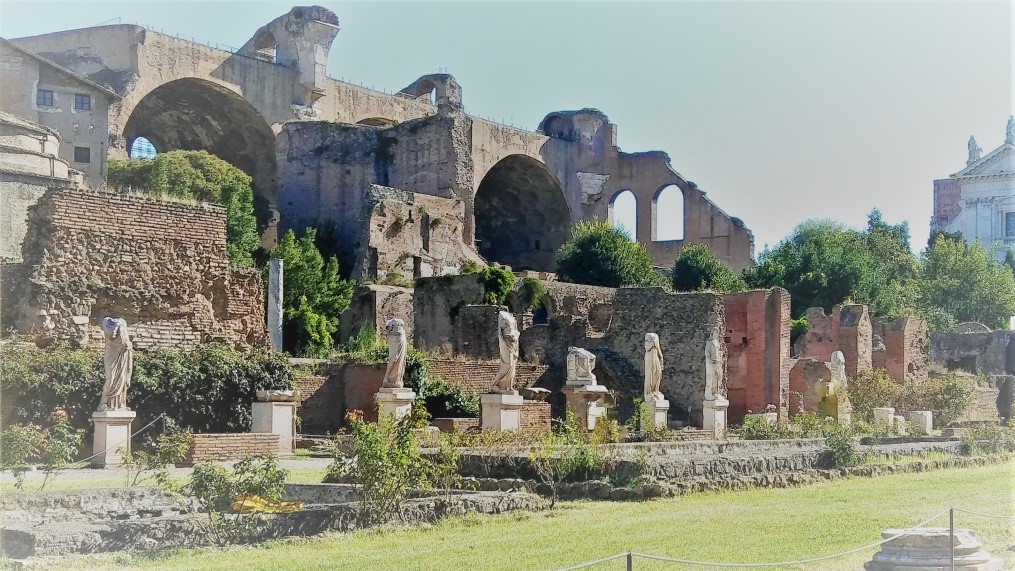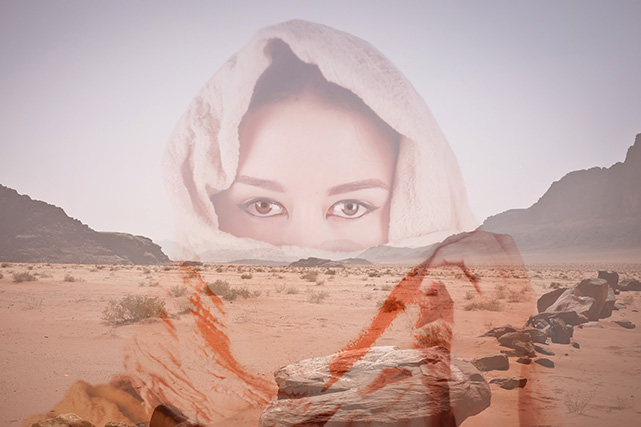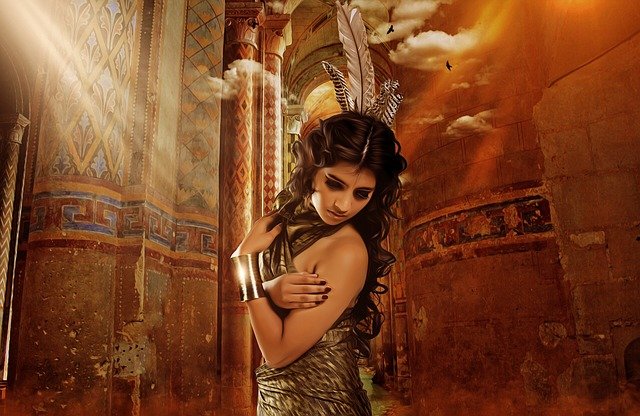Did you ever wonder why almost every religions tradition has a major holiday at or near the end of December? for the Christians it is the Christmas season, Jews observe Hanukkhah, some African Americans celebrate Kwanzaa, in Scandanavia the Feast of St. Lucia is observed, and in China Dong Zhi is celebrated. These are just a few of the holidays that take place throughout the world at this time of year.
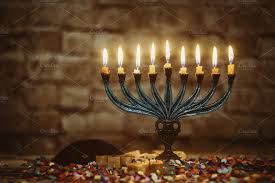
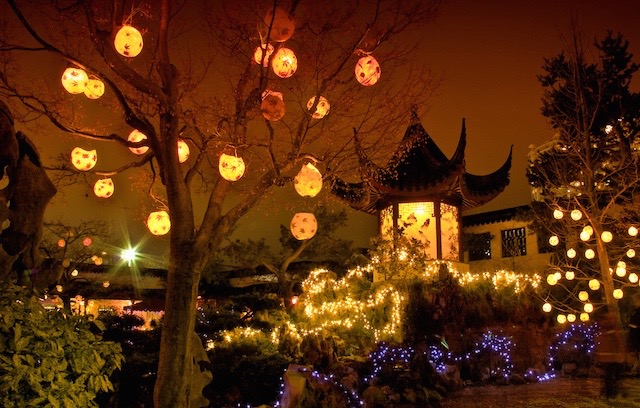
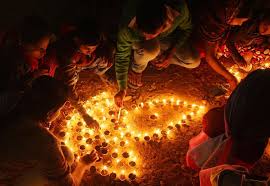
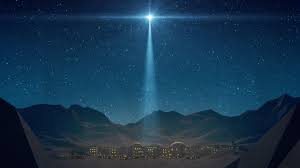
What is even more interesting is the fact that these different holidays share common symbolic characteristics– virtually all of them feature ritual “light” whether it be in terms of candlelight, sunlight, starlight, or moonlight, and most of them occur just before or at the same time as the beginning of a new year.
This is because the Winter Solstice, which takes place on Dec. 21, marks the longest night and shortest day of the year, and in ancient times, it symbolized the dying away of one cycle of life and the beginning of another.
For thousands of years, civilizations saw the religious cycle of human life, death, and regeneration as a dramatic natural cycle that took place in a cosmos that consisted of a Mother Goddess’ body. In all, the winter darkness signified a sense of returning to the womb and coming back into the light of rebirth.
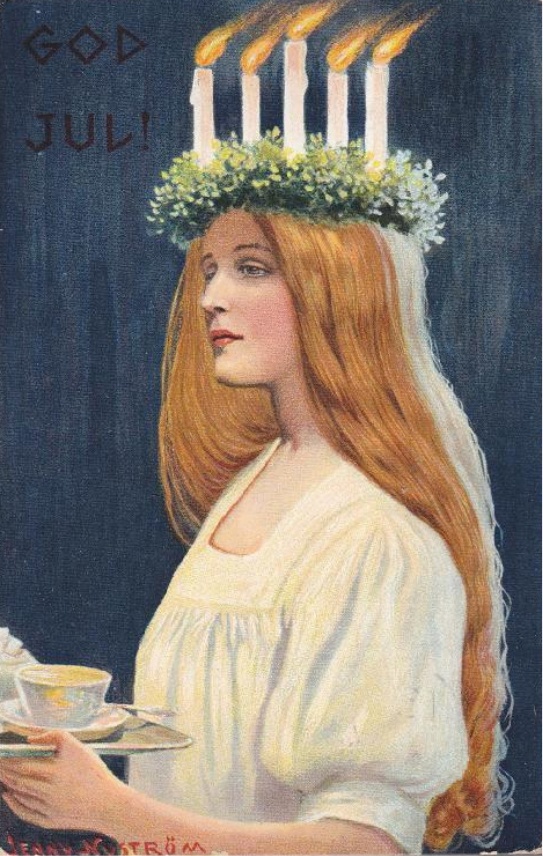
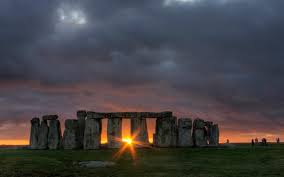
This is evident from the structure and orientation of ancient temples and places of worship. Many (like those in Malta, Ireland, etc.) are situated so that when the solstice sun rises, it pierces through the earth or rock “body” shape of the temple and shines on the altar area, like she is being impregnated. The same phenomenon can be seen at Stonehenge. Labyrinths were formed in the ancient days to signify going back into the Mother’s womb and being reborn again.
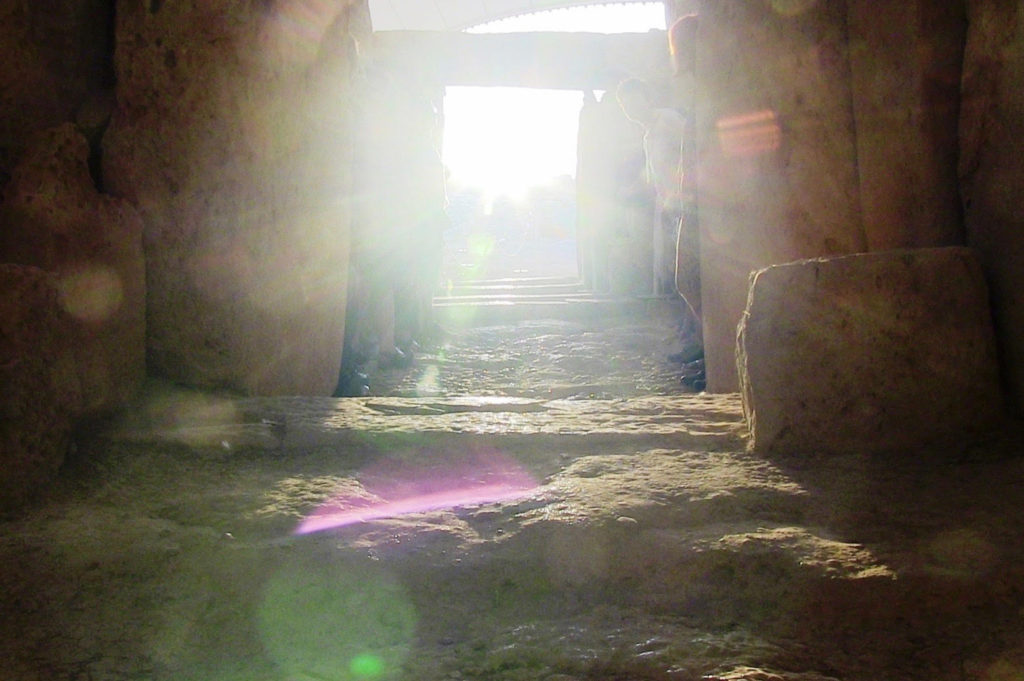
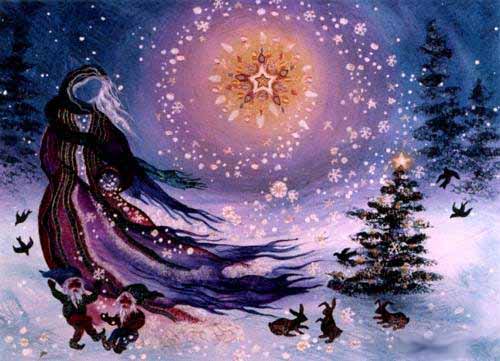
As patriarchal religions replaced the ancient goddess-centered ones, the rituals and symbols of these major life transitions were adapted to new cultural constructs, but kept much of their original character and meaning — passing through the seasonal “death” at the end of the harvest and back into the light of a new year, new hope, and new life.
Have a wonderful winter solstice!

